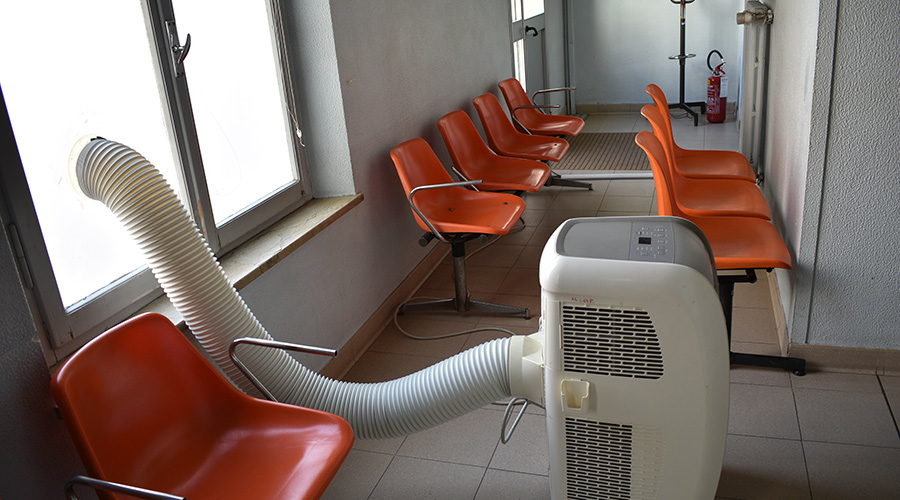Steps Beyond Simple Payback To Justify Large Energy Efficiency Investments
When top management relies solely on simple payback based on energy savings, it can be difficult to justify energy efficiency projects involving very large capital investments. Those projects may be uncovered by energy audits, which — with current state legislation and energy incentives — are becoming an increasingly popular means for identifying and implementing campus and building renewal projects. Energy audits help facility managers identify ways to reduce energy consumption by changing the operating schedule of HVAC or lighting devices. Audits can also help justify replacing inefficient, aging, or failing equipment within a building.
Simple payback calculation is sometimes used to determine if the change in schedule or replacement is required. The simple payback is typically calculated by dividing the annual energy savings for each project by the capital cost to replace or modify the piece of equipment. If there are any incentives or rebates, they are subtracted from the capital costs.
When top management relies solely on simple payback based on energy savings, it can be difficult to justify projects involving very large capital investments. The simple-payback approach does not present the whole picture of the value of the upgrade.
There are several ways to try to overcome the limitations of that approach. One is to bundle projects, so that work with very quick payback periods helps to balance upgrades with much longer paybacks. Another step to help show management the entire project value is to include other factors in the analysis, like maintenance savings and deferred capital (the cost to replace a unit in kind if the unit is beyond its useful life). These factors need to be calculated very carefully to ensure that they are realistic.
The importance of this broader approach can be seen from a project conducted under the Commonwealth of Massachusetts' energy reduction program. The program aims to reduce energy consumption by 25 percent for all state-owned-and-operated facilities. The state used the simple payback method based only on energy savings (energy, rebates, and incentives) savings. The projects are expected to have a simple payback of 15 to 20 years or less to justify the investment.
A large state university evaluated under the program had identified a project with an energy savings of 21 percent and a simple payback of 19 years based upon energy consumption only. The university had to sell this project to its board and would have found it difficult with a simple payback of 19 years, but the university was also able to include the savings for deferred maintenance and deferred capital. The inclusion reduced the simple payback from 19 years to less than 9 years. (At the time of this writing, the contribution from utility company incentives and rebates for this campus was not included because a substantial amount of the design was not yet completed).
It's important to note that there were more than 150 energy conservation measures identified in this project, with simple paybacks ranging from 6 months to more than 50 years. When all of these were considered under one umbrella, the overall project had a simple payback that was in the range of the total system requirement. Bundling helped to move forward projects with long payback periods; this is carefully programmed so that the overall project is still able to maintain an acceptable payback period.
Related Topics:














